Last updated: July 10, 2024
Article
Supporting Superior: A Marine Debris Exhibit
Since 2022, Isle Royale National Park has been partnered with the National Oceanic and Atmospheric Administration (NOAA) Marine Debris Program to raise awareness about the sources and impacts of marine debris and to encourage individuals to take action. This partnership supported the development and installation of Supporting Superior: A Marine Debris Exhibit on Isle Royale, which highlights the impacts of marine debris on the island and in Lake Superior.
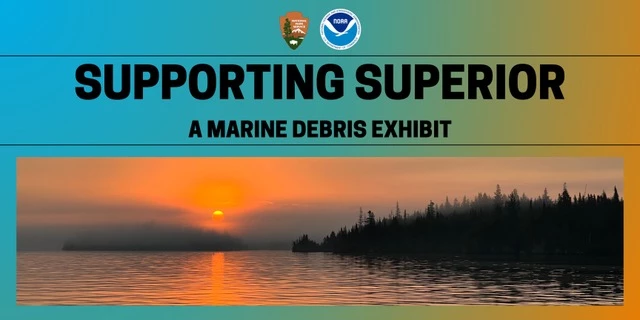
NPS
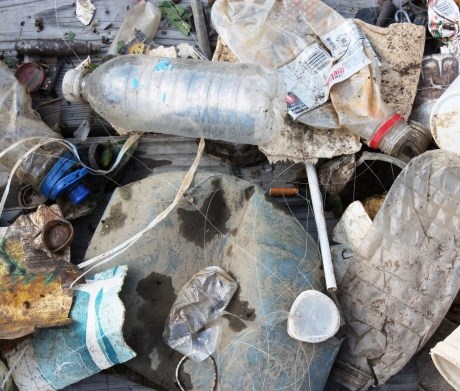
NPS
What is Marine Debris?
Marine debris is defined as any persistent solid material that is manufactured or processed and directly or indirectly, intentionally or unintentionally, disposed of or abandoned into the marine environment or the Great Lakes.
Anything human-made can become marine debris. Debris found within Lake Superior originates from many land-based sources and travels due to people, wind, and stormwater. On the water, gear from fishing activities, such as lures and monofilament line, as well as entire vessels can become derelict and abandoned. Common plastic litter in Lake Superior includes single-use bags, beverage bottles, balloons, cigarette butts, and food wrappers.
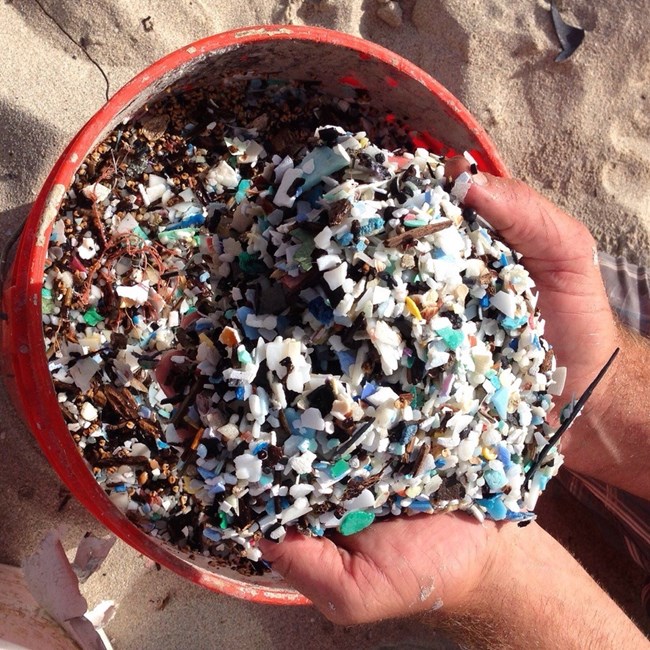
NPS
Microplastics
Microplastics are a subcategory of marine debris. Plastic is made of synthetic materials that do not decompose, but instead break up into smaller and smaller pieces known as “microplastics.” Microplastics are smaller than 5 mm in size, or about the size of a pencil eraser, and smaller.
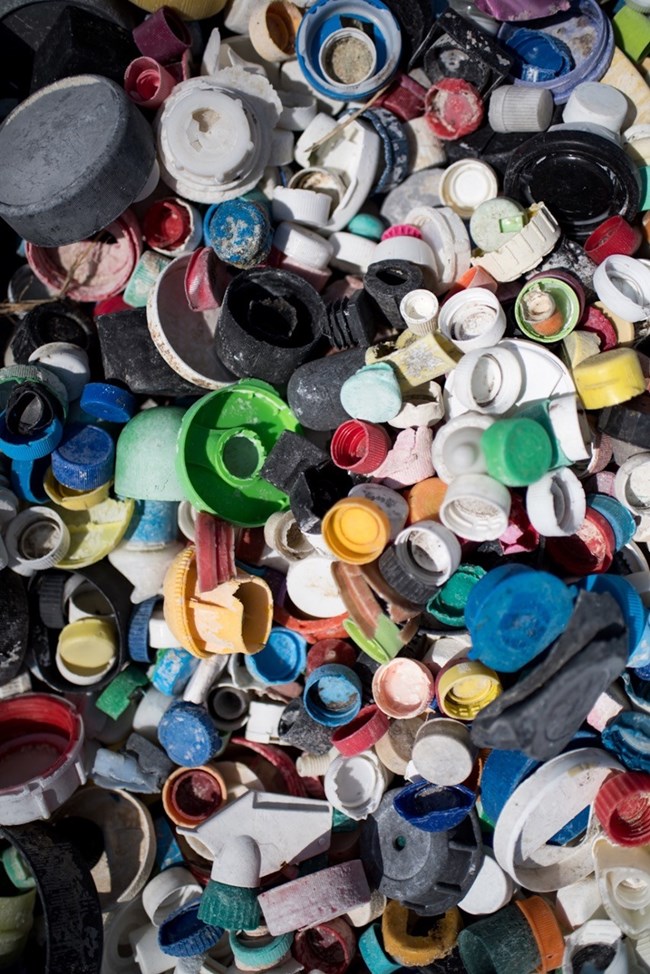
NPS
Marine Debris Harm
Marine debris is one of the most widespread threats to the health of the world’s coastal areas, oceans, and waterways, including the Great Lakes.
Marine debris can injure or kill marine and coastal wildlife in a variety of ways. Many aquatic species mistake microplastics for food, which can take up space in their stomachs and cause them to feel full. This can lead to starvation.
Wildlife can also become entangled in marine debris, which can make it difficult to swim and feed. Debris such as balloon strings, six pack rings, and fishing line, can cut into the bodies of wildlife and lead to death.
Besides harm to wildlife, marine debris can damage and degrade habitats; interfere with navigational safety; cause economic loss to fishing and maritime industries; diminish the quality of life in coastal communities; and threaten human health and safety.
Marine Debris in Lake Superior
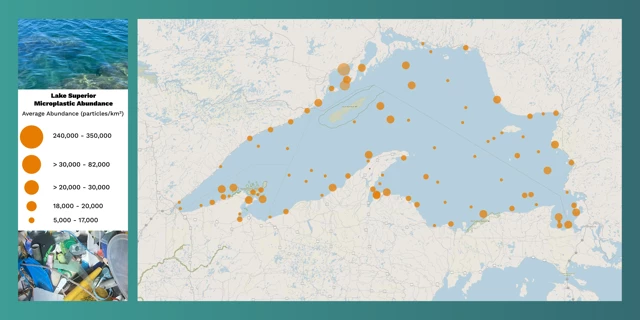
NPS
Lake Superior is the largest freshwater lake by surface area in the world. Together, the five Great Lakes hold about 90 percent of the freshwater in the United States, and approximately 20 percent of the world’s freshwater supply.
Despite Lake Superior’s importance, marine debris is a large factor in its pollution.
After sampling Lake Superior’s surface water at 94 locations, researchers from the University of Waterloo found plastic particles in all of these samples. They estimate that more than 2.5 billion plastic particles are in the surface water of Lake Superior (Cox et al. 2021).
The majority of the plastics found from this study were microplastics, ranging in size from the thickness of mechanical pencil lead to the width of a dime’s edge. The most common particles found were microfibers, which are often synthetic material and shed from our clothing or other textiles.
